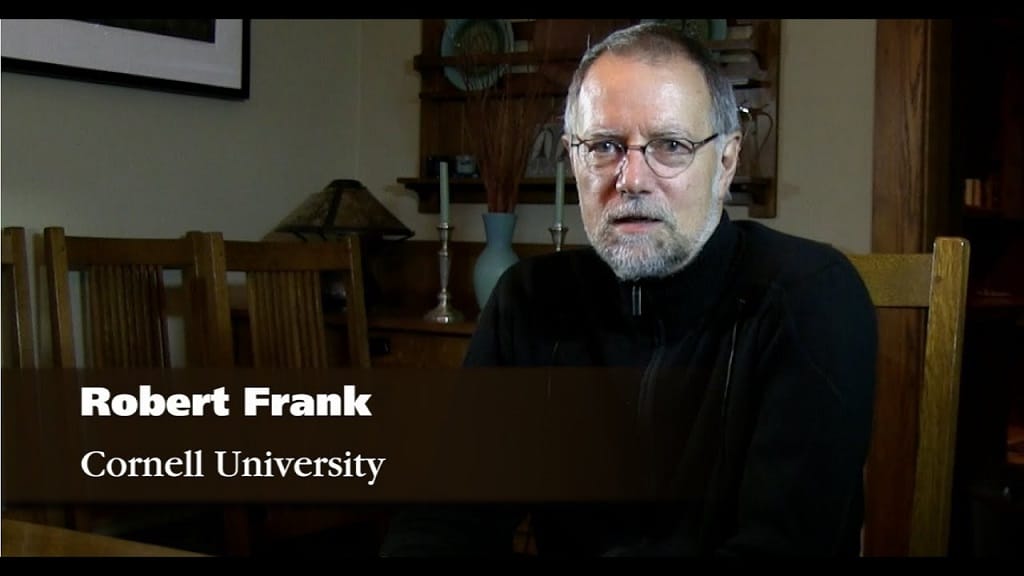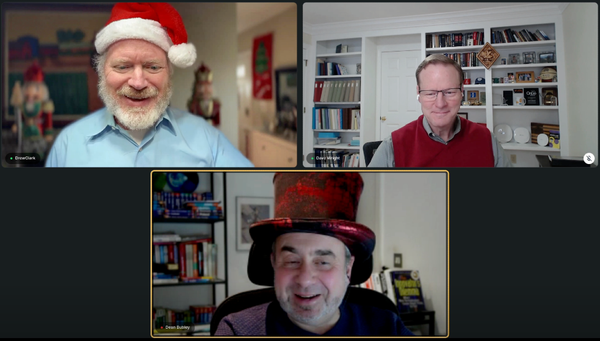Experts Reexamining Role of Targeted Ads and Political Extremism in Wake of January 6 Attack
March 25, 2021—In the wake of rioters storming the Capital Building on January 6, experts and social media platforms are reexamining the role of targeted ads and content on virtual platforms. Experts are divided on how to proceed on the future of targeted content. Some cautioned that its nature allo
Benjamin Kahn

March 25, 2021—In the wake of rioters storming the Capital Building on January 6, experts and social media platforms are reexamining the role of targeted ads and content on virtual platforms.
Experts are divided on how to proceed on the future of targeted content. Some cautioned that its nature allows for the spread of extremist content that has the potential to radicalize, while others reject the notion and argue that such content advances free speech.
On a panel hosted by Fierce Wireless during their spring edition of 5G Blitz Week, experts discussed the merits of targeted content and the potential need for a new model.
Targeted content comes in many forms, but it is all designed to provide users with content that they are most likely to engage with and consume. This may be directing them to merchandise that they are likely to be interested in or entertainment that they are likely to enjoy.
The bad side of targeted ads
Unfortunately, there is also a more insidious side to targeted content. “The sad result is that the things that promote engagement for Facebook are not things that we like,” said Robert Frank, an emeritus professor of economics at Cornell University, who has written extensively on the subject.
He compared the situation to rubbernecking; car accidents are terrible, but drivers often cannot look away. Frank said this phenomenon is replicated online by hate speech and conspiracy theories.
Frank stated that there were some services that handled targeted content better than others. He argued that Google’s targeted ads are fairly innocuous when compared to Facebook, because they do not encourage the kind of polarization that news stories disseminated by Facebook do.
A new model for social media platforms
Frank took the position that this model of targeted content is not sustainable and that social media platforms have to find a new model. He pointed to a paid subscription model, which requires an up-front cost to view content. According to Frank, this cost allows the curators of subscription-based services to not use targeted and potentially radicalizing content.
This differs from free services like Twitter and Facebook, which make money by promoting targeted content. This incentivizes Facebook to keep viewers engaged for as long as possible, even if it means exposing them to extremist and/or polarizing content.
Frank said that social media platforms hired the same psychologists employed by casinos to make their user interfaces as attractive as possible.
Indeed, there has been a considerable amount of writing on the subject of the strategies employed by social media. In Natasha Schüll’s book, “Addiction by Design,” she lays out how strategies such as Snapchat streaks and endless scrolling is designed to create “ludic loops” that draw consumers in and keep them from leaving the platform.
Hal Varian is the chief economist at Google, and he was less optimistic about the subscription-based model and the notion that social media played a role in radicalization. On the state of targeted content on platforms like Facebook, Varian said: “I don’t think the internet is really a cause [of radicalization]—it may be in effect.”
He argued that the success or failure of a subscription service would come down to the pricing and determining what consumers would be willing to pay. Varian added that making estimates in this area is difficult, and that the costs of all the subscription services currently being used begin to add up. He pointed to the ongoing struggle that YouTube Premium is facing as it tries to eke out a niche between Hulu, Netflix, Spotify, and Apple Music.









Member discussion